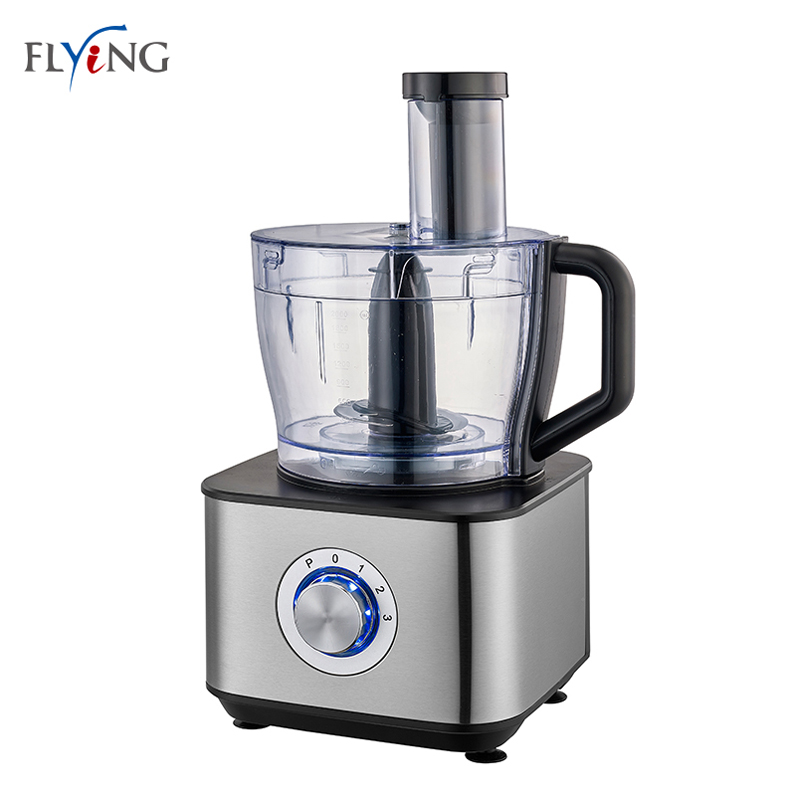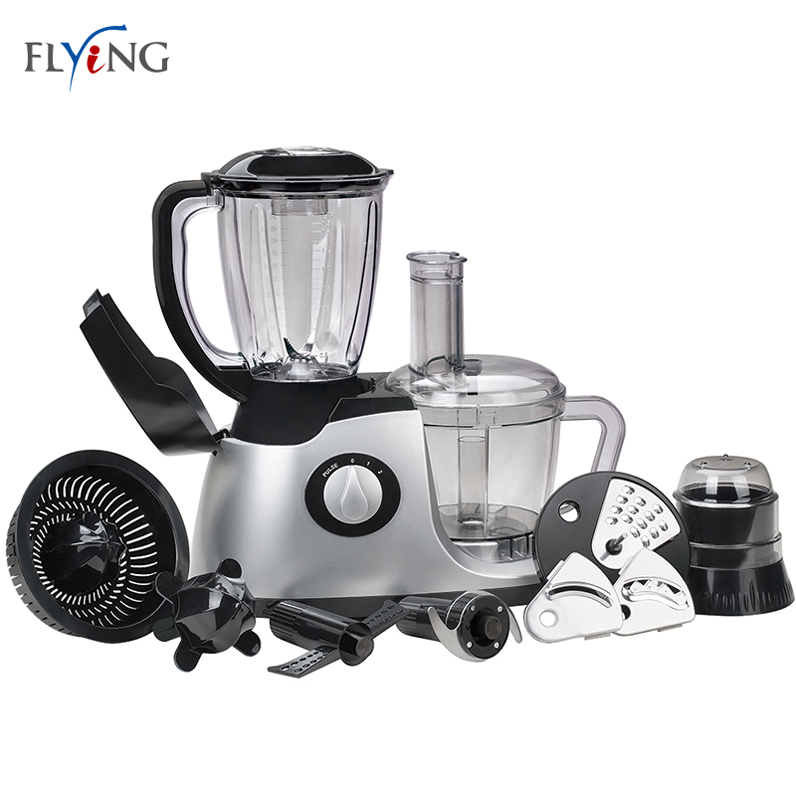Production of Titanium Dioxide by Sulfuric Acid Method--Hydrolysis of Titanium Solution (1)
   First, the purpose of hydrolysis of titanium liquid and industrial requirements for hydrolysis Hydrolysis of salts produces acids and bases. In turn, the acid and the base undergo a neutralization reaction, which also produces salt and water. That is to say, the hydrolysis reaction of the salt is a reverse reaction of the acid-base neutralization reaction. Here, since NH 4+ combines with OH - in water to form NH 3 ·H 2 0 which is difficult to ionize, a hydrolysis reaction can occur. As the solution in the OH - reducing, H + concentration increases, the result is greater than the concentration of H + OH - concentration of the solution was acidic. This reaction can also be expressed by the ion equation: 2. Hydrolysis of salts formed by strong bases and weak acids Sodium acetate is a salt formed by a strong base (sodium hydroxide) and a weak acid (acetic acid). The hydrolysis process in an aqueous solution is as follows: Here, since Ac - combined with the water to generate the H + ionized acetate difficult, it is possible to hydrolysis. As the H+ decreases in the solution, the OH - concentration increases, and as a result, the OH - concentration is greater than the H + concentration, making the solution alkaline. This reaction can also be expressed by the ion equation: 3. Hydrolysis of salts formed by weak and weak bases Ammonium acetate is a salt formed by weak acid (acetic acid) and weak base (ammonia). Its hydrolysis in water is expressed as follows: Here, since Ac - and H + generate acetic acid which is difficult to ionize; NH 4 + and OH - generate a hardly ionized ammonia water, so hydrolysis can occur. As for whether the solution is acidic or alkaline after hydrolysis of such a salt, it depends on the relative magnitude of the ionization constant of acetic acid and ammonia produced. If the ionization constant of the weak acid is large, the solution is acidic; if the ionization constant of the weak base is large, the solution is alkaline; if the ionization constants of the two are equal, the solution is neutral. The ionization constants of acetic acid and ammonia water are 1.75*10 -5 and 1.77*10 -5 , respectively, which are substantially equal, so the aqueous solution of ammonium acetate is neutral. Its ion equation is as follows:
Food Processor 8 In 1
Food Processor 8 In 1 including juicer, Blender, fliter, chopper, grinder and citrus.
Multi-functional vegetable fruit plastic bowl food processor is now a must-have item in your daily life.
This machine comes with a large capacity blending jar and chopping bowl. S/S sharp blades, different function tools..
Nowadays, a multi-functional food precessor is necessary at home. You can prepare jam, nuts, flour, seasoner, sauce... and you also can use it as meat chopper, vegetable fruit blender, food mixer etc...
Description for Food Processor 8 In 1
8820 copper & aluminum Motor
220V, 50HZ, 450-1000W,
VDE 2 PIN plug 2/3 speeds
Stainless steel processing blades
Food Processor 8 In 1,Manual Baby Food Processor 8 in 1,Multifunctional 8 in 1 food processor,Blender 8 in 1 Food Processor Flying Electronic Co., Ltd , https://www.flyingelectronic.com
The hydrolysis of the titanium liquid is a metatitanic acid which converts the titanium dioxide component from the liquid titanium liquid to the solid phase, thereby separating it from the soluble impurities in the mother liquid to extract pure titanium dioxide.
The hydrolysis of titanium liquid is an extremely important process in the production of titanium dioxide by sulfuric acid. The quality of hydrolysis not only affects the economics of industrial production, but also affects the quality of the final product. There are three requirements for hydrolysis in the industry.
1 hydrolysis rate is high. I.e., the iron oxide component of the liquid phase is converted to a percentage of titanium dioxide component of the solid phase is larger, without affecting the performance and quality of the finished product, the higher the hydrolysis rate, the better economic benefits.
2 The metatitanic acid obtained by hydrolysis must be a uniform particle of a certain size, the composition is constant, and it is easy to filter and wash.
3 The process conditions should be mature, easy to control, the quality of the hydrolyzed product should be stable, the equipment should be simple, and it should be adapted to the needs of industrial production.
2. Definition of hydrolysis of salts and which salts can hydrolyze
The reaction of a salt ion in a solution with a H+ ion or an OH-ion ionized by water to form a weak electrolyte is called hydrolysis of a salt. 
The salt formed by strong acid and weak base, the salt formed by strong base and weak acid, and the salt formed by weak acid and weak base can all undergo hydrolysis reaction. The basic reason why these three salts can undergo hydrolysis reaction is that the ions constituting these salts can combine with H+ or OH- which are ionized by water to form a weak electrolyte. The resulting weak electrolytes include the formation of gases or precipitates and difficult to ionize species such as water.
1. Hydrolysis of salts formed by strong acids and weak bases Ammonium chloride is a salt formed by the neutralization of a strong acid (hydrochloric acid) and a weak base (ammonia water). The hydrolysis process in an aqueous solution is as follows:  [next]
[next] 




